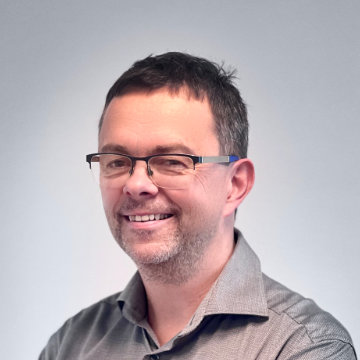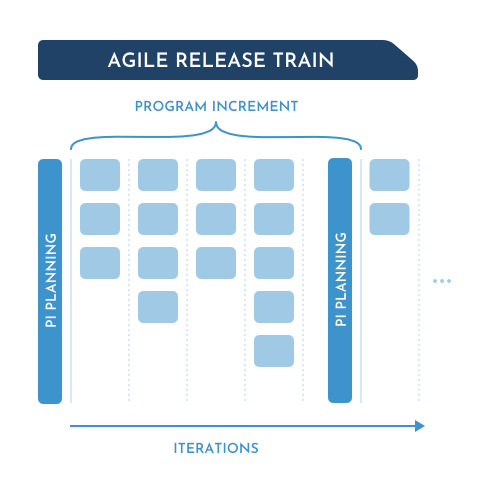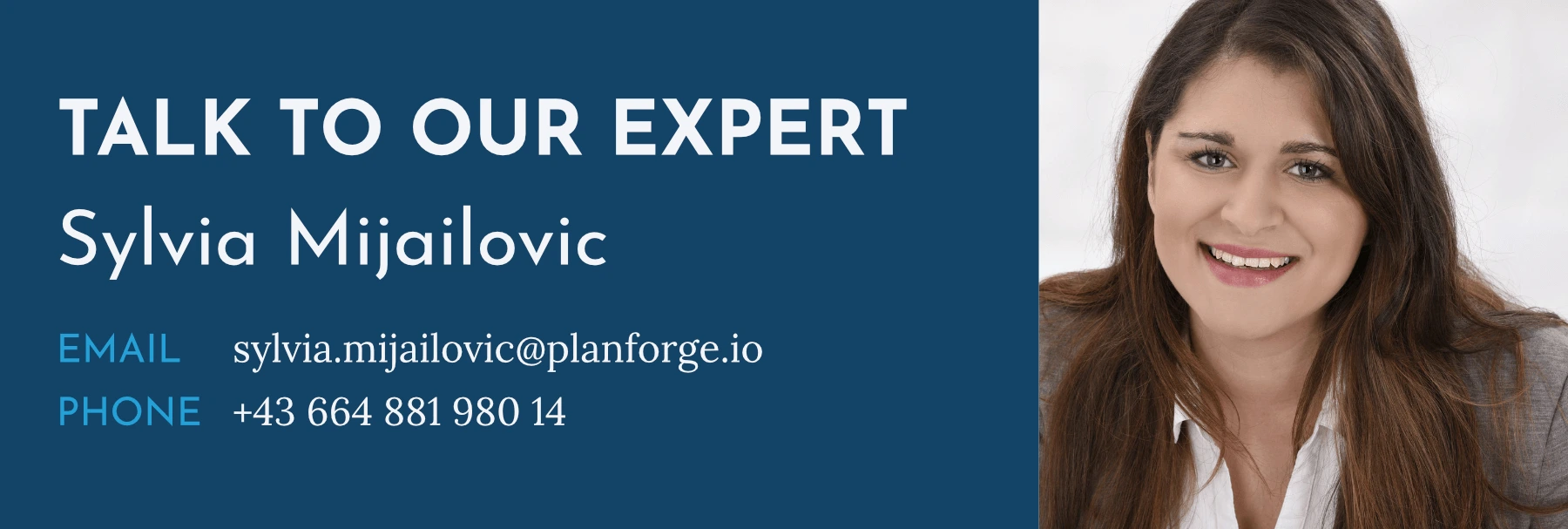New to the topic? Try reading our introduction to Essential SAFe first.
Let's dive into five unique characteristics of the Essential SAFe framework and discover what makes them that special:
Feature 1: Agile Release Train (ART)
The Agile Release Train (ART) is the main organizational structure in the Essential SAFe framework. Speaking of capabilities, SAFe is unique when it comes to planning: The characteristic of an ART, which is also the difference to project management, is its duration: an ART has a specific start but no defined end date — it just keeps running.
An Agile Release Train consists of a program level (the ART itself) and a team level (the agile teams the ART coordinates):
- On the program level, the ART uses a Program Increment as a specific period. Learn more about that feature in the next point.
- On the team level, the ART's timeline is organized into two-week Sprints, also called "Iterations". These Iterations are always a part of a Program Increment. All agile teams within an ART are Sprint-synchronized to these Iterations. The agile teams usually use Scrum to implement their actual units of work.
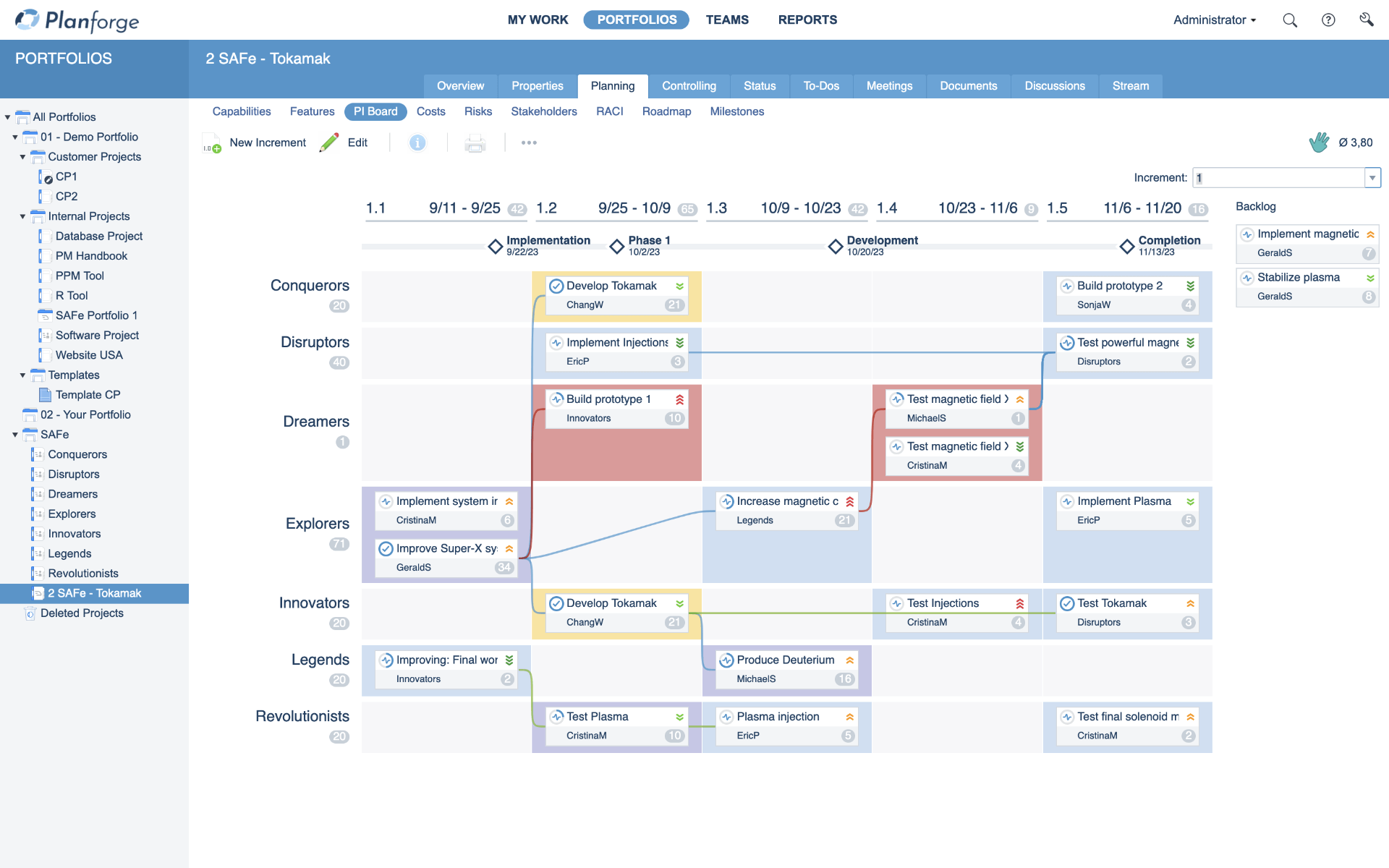 Figure 1: PI-Planning Board in Planforge
Figure 1: PI-Planning Board in Planforge
Feature 2: Program Increment (PI)
How do agile teams break down new requirements?
This is where a Program Increment (PI) comes into play.
A Program Increment combines a fixed number of Iterations (on team level) into longer "time-boxes" (on program level) within an Agile Release Train. So, the ART is divided into PIs that are typically 8-12 weeks long. In sync with this, the agile teams deliver incremental value within their time frame, hence Iterations.
In general, a Program Increment serves as an overall planning and control measure for an ART. This feature makes Essential SAFe very flexible and enables incremental planning one level above agile teams.
Feature 3: PI Planning Event
Perhaps to the most important element of Essential SAFe: the PI Planning Event.
PI Planning defines a (usually hybrid) event where all come together (agile teams, management, and engineers) to plan the upcoming Program Increment. In this two-day meeting, the participants break down features into stories and enablers, identify dependencies and risks, and most importantly, agree on a common plan.
The Program Increment is then executed and controlled according to the agreed plan. However, the last Iteration in each PI is intentionally not planned through, as it is reserved as buffer time and for planning the following PI. In this way, the Agile Release Train can continue at full speed.
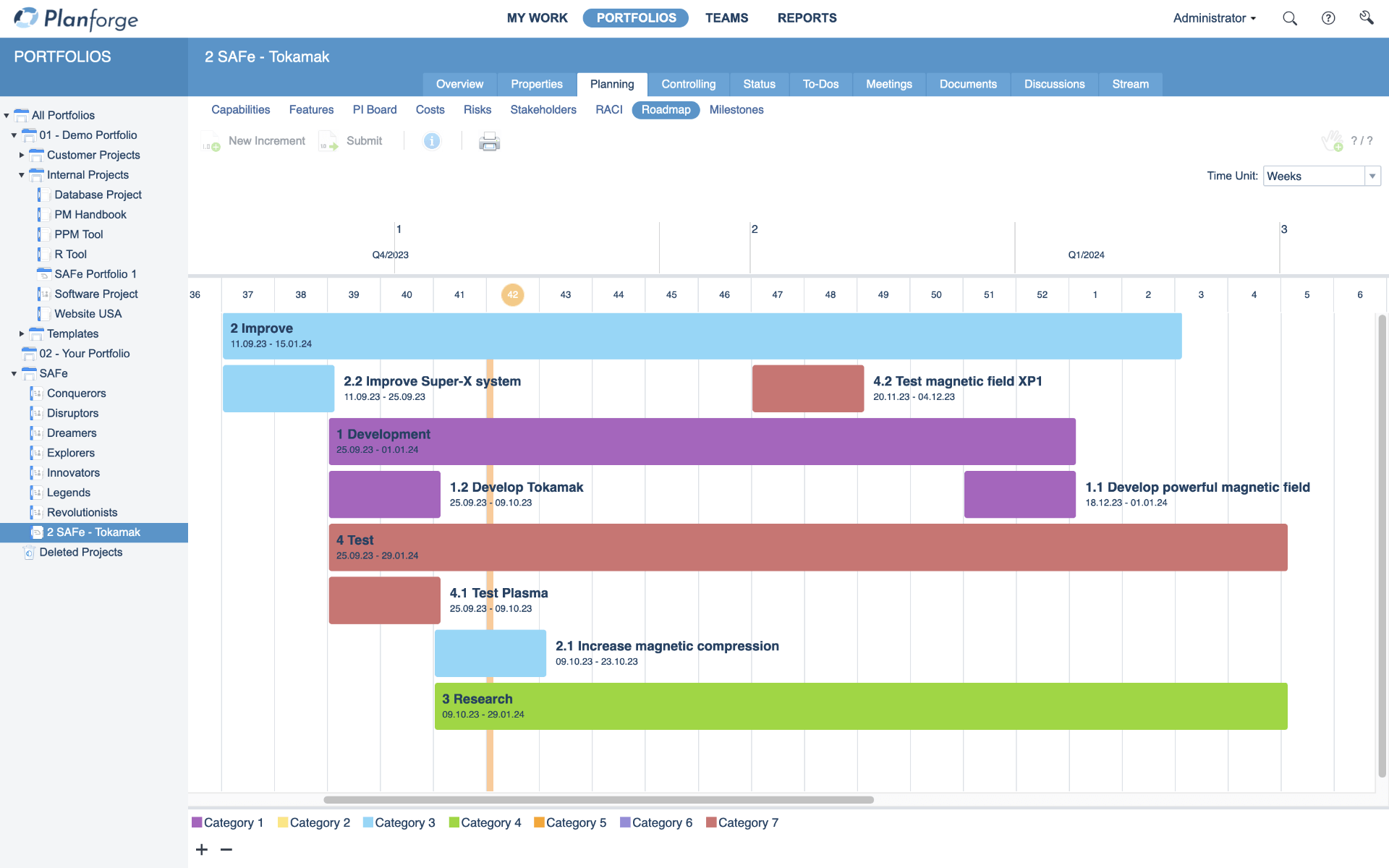 Figure 3: SAFe Roadmap in Planforge
Figure 3: SAFe Roadmap in Planforge
Feature 4: Features, Stories, and Enablers
But, when and how do we input new requirements?
Business requirements are called "Features" in Essential SAFe and are somewhat like Epics in Scrum. Agile teams break these Features down into User Stories and so-called "Enablers," which are their units of work on the team level.
From a Scrum perspective, Enablers are just like Stories — the main difference is that Enablers are technical stories (necessary to deliver a feature, but not "visible" to the user). In contrast, SAFe stories are real user stories, i.e., they directly contribute value to a feature and are typically visible to the end-user.
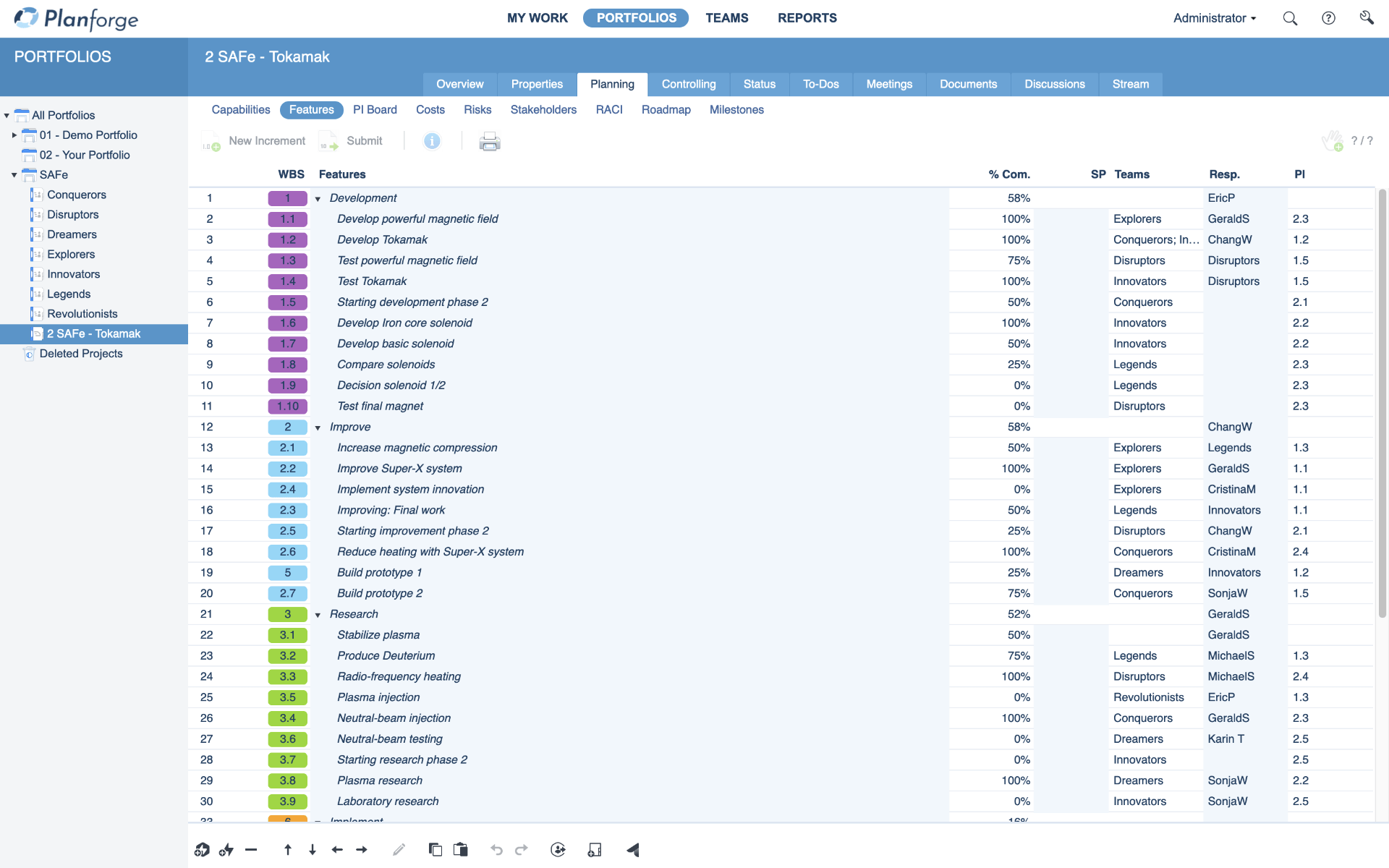 Figure 4: SAFe Features in Planforge
Figure 4: SAFe Features in Planforge
Feature 5: Continuous Integration & Solution Delivery
The core concept in Essential SAFe and what makes it an unprecedented framework is its continuous integration (at least internal) and ongoing incremental delivery. This concept ensures that the Agile Release Train never slows down and guarantees consistent quality and early collection of customer feedback.
In SAFe, the agile teams develop multiple Solutions like products, software – anything that delivers value to the customer. Unlike the continuous integration above, Solution deliveries can occur anytime because they are based on business needs. Typically, these deliveries are aligned to Program Increments.







 Jira
Jira
 Confluence
Confluence
 SAP
SAP
 API
API
